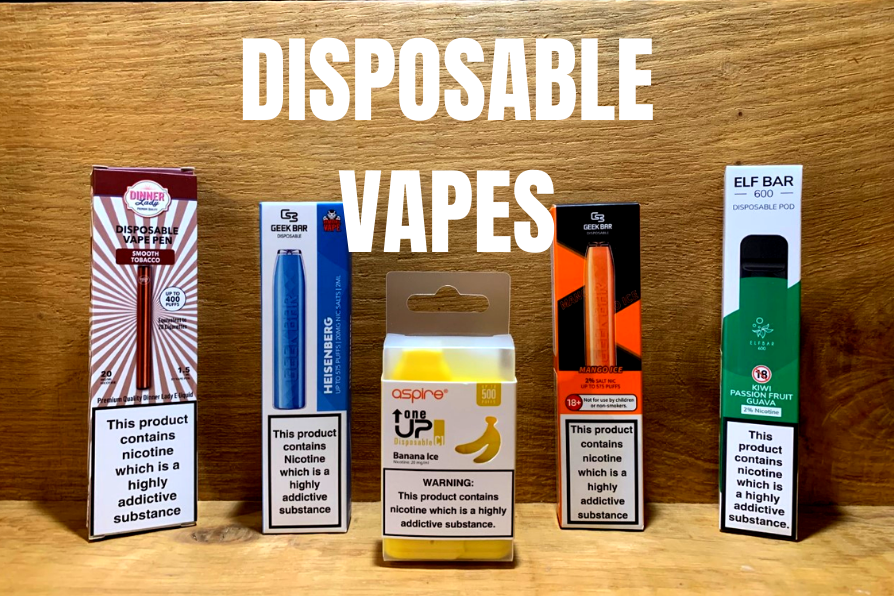In recent years, the landscape of smoking alternatives has witnessed a significant shift with the rise of electronic cigarettes, commonly known as vape devices. These handheld gadgets have garnered both enthusiastic support and vehement opposition, sparking debates about their safety, efficacy, and impact on public health. Cake Disposables Vaps, as it’s popularly called, involves inhaling vapor produced by heating a liquid solution that usually contains nicotine, flavorings, and other additives.
Proponents tout vaping as a potential harm reduction tool for current smokers looking to quit traditional cigarettes, while critics warn of potential risks, especially among the youth. As the popularity of vaping continues to grow, the need for a comprehensive understanding of its benefits and pitfalls becomes ever more crucial.This reduction in harmful components theoretically reduces the risk of smoking-related diseases, offering a glimmer of hope to long-term smokers aiming to transition away from their detrimental habit.
On one hand, vaping has emerged as a less harmful alternative to smoking for individuals struggling to quit their tobacco addiction. Traditional cigarettes are known for containing thousands of harmful chemicals, many of which are carcinogenic. Vape liquids, on the other hand, can deliver nicotine to users without the tar and combustion associated with burning tobacco.
However, concerns about vaping’s potential negative consequences cannot be dismissed. One major point of contention is the alarming popularity of vaping among teenagers and young adults. The enticing array of flavors, discreet designs, and vibrant marketing tactics have drawn in a new generation, raising worries about nicotine addiction and its impact on brain development. The surge in vaping-related lung injuries reported a few years ago also underscored the need for stringent quality control and regulation in the production of vape products.


